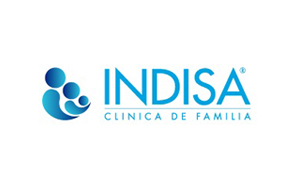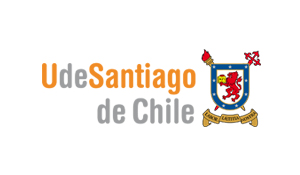Alterations in general general public support programs have kept gaps in families’ incomes, especially in times during the emergencies. Probably the biggest modification to your back-up arrived in 1996 aided by the Personal Responsibility and Work Opportunity Reconciliation Act, the law that “ended welfare it. even as we understand” The Temporary Assistance for Needy Families, or TANF, program—a flat-funded block grant with far more restrictive eligibility requirements, as well as time limits on receipt in place of Aid to Families with Dependent Children—a decades-old entitlement program that offered cash assistance to low-income recipients—came. The result that is long-term been a dramatic decrease in money assist with families. More over, the block grant has lost completely one-third of its value since 1996, and states are incentivized to divert funds away from earnings support; thus, just one from every 4 TANF dollars would go to aid that is such. Because of this, TANF reaches far less families than it did two decades ago—just 23 from every  100 families in poverty today in contrast to 68 out of each and every 100 families throughout the 12 months of the program’s inception.
100 families in poverty today in contrast to 68 out of each and every 100 families throughout the 12 months of the program’s inception.
Other critical assistance that is public have observed decrebecausees as well.
TANF’s nonrecurrent short-term advantages—intended to provide short-term assist in the function of an urgent setback—are less able to provide families now than these were 2 full decades ago, prior to the system, then referred to as crisis Assistance, ended up being block-granted under welfare reform. Modified for inflation, expenditures on nonrecurrent short-term advantages have actually declined significantly within the last two decades. Federal and state funds specialized in this short-term aid totaled $865 million in 2015, much less as compared to $1.4 billion that 1995 federal financing amounts alone would reach if modified for inflation. Relatedly, funding when it comes to Community Services Block give, or CSBG—a system by which agencies that are local supplied funds to deal with the requirements of low-income residents, such as for example work, nutrition, and crisis services—has also seen razor- razor- sharp decreases since its 1982 inception. When modified for population and inflation development, the CSBG happens to be cut 15 % since 2000 and 35 % since 1982. Finally, jobless insurance coverage, or UI—the program built to help to keep families afloat as they are between jobs—has did not keep rate with changes in the economy therefore the work market. In 2015, just one in 4 jobless employees gotten UI benefits. In 13 states, that figure is 1 in 5. Together, decreases in emergency support, CBSG, and UI, along with other general public support programs, are making families wanting to make ends meet more at risk of exploitative financing techniques.
The growing federal government reliance on tax expenses to handle poverty has also indirectly challenged security that is financial.
Two programs—the Earned money Tax Credit, or EITC, together with Child Tax Credit—have be one of the most effective antipoverty policies into the country. Together, the 2 programs lifted 9.8 million Americans out of poverty in 2014. Nevertheless the income tax credits are delivered in lump-sum type at income tax time, even though funds can be used to make big acquisitions or save your self for future years, numerous families are kept economically insecure for the remainder year. Almost 25 % of EITC bucks went toward having to pay existing debts among recipients interviewed in 2007. And despite regulatory crackdowns on services and products such as for example reimbursement expectation loans, numerous recipients stay lured to borrow on their taxation refunds. Furthermore, the lump-sum framework associated with the income tax credits makes families almost certainly going to resort to predatory loans throughout the interim.














Comentarios recientes